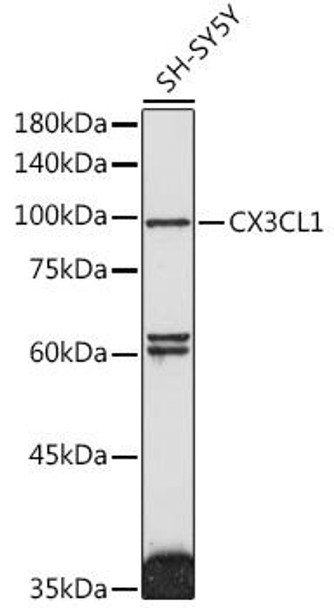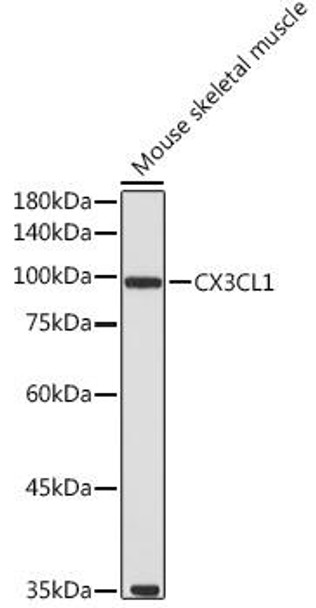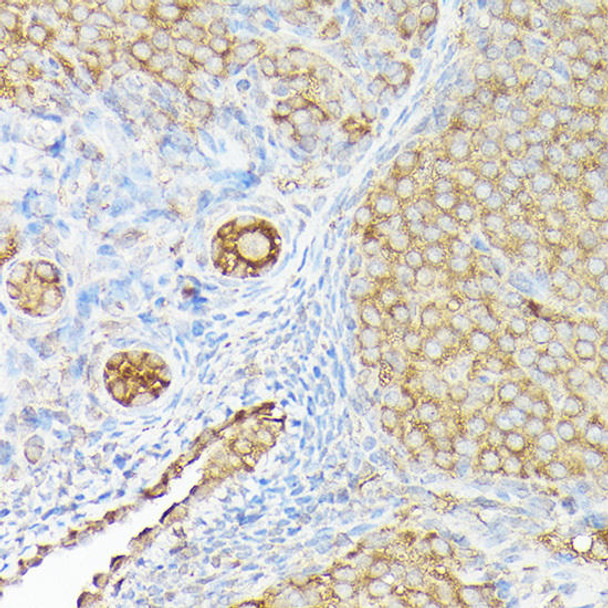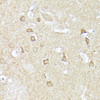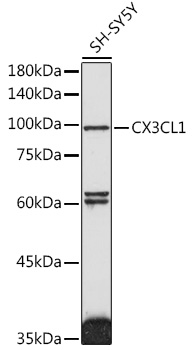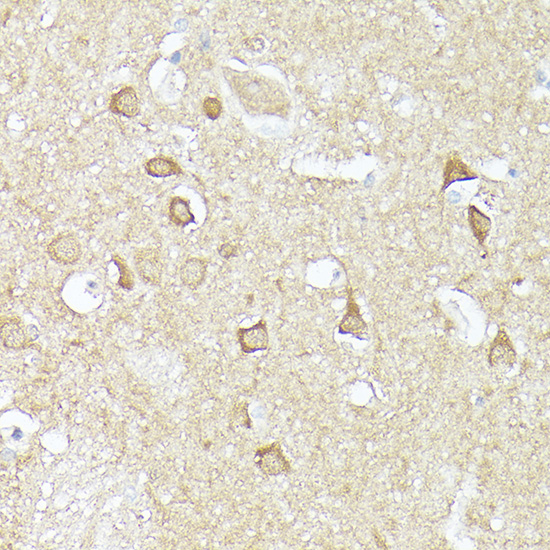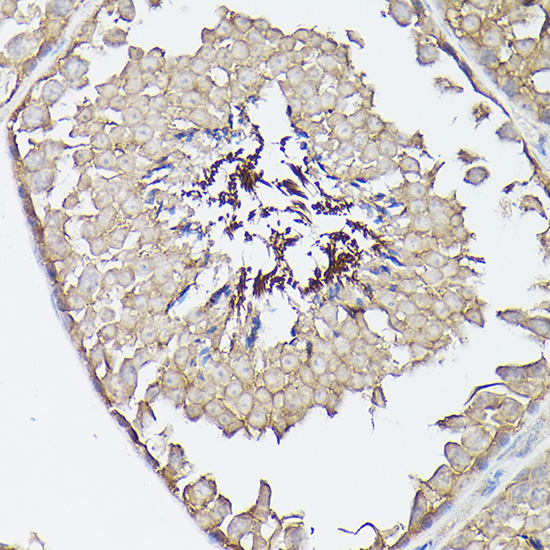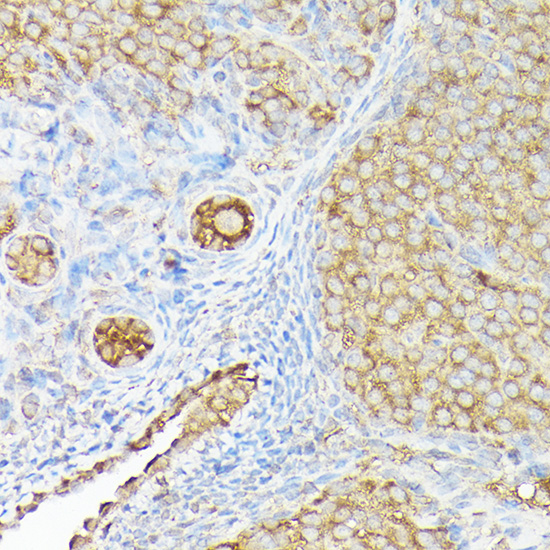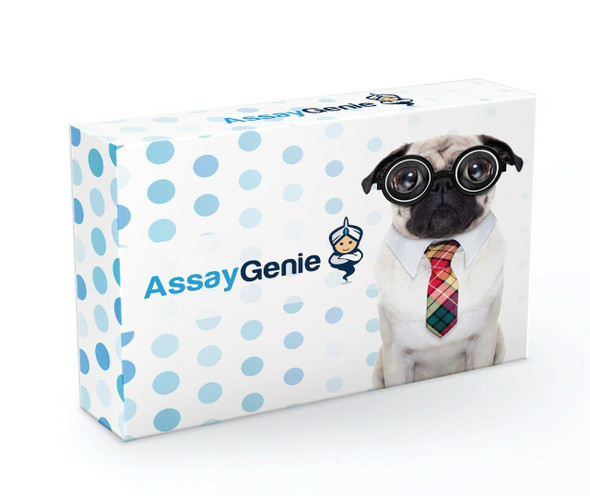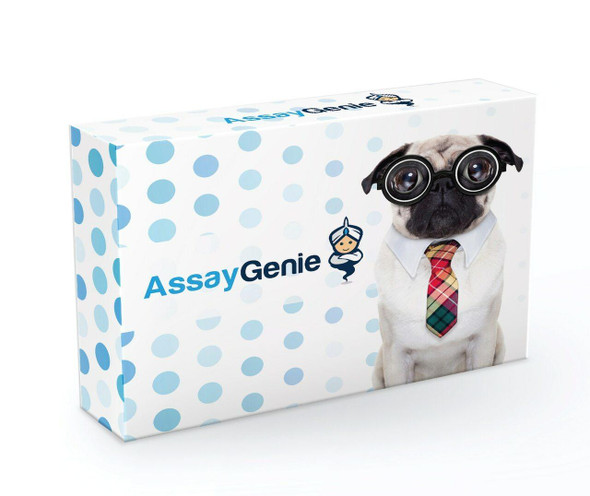Description
Anti-CX3CL1 Antibody (CAB14198)
The CX3CL1 Polyclonal Antibody (CAB14198) is a valuable tool for researchers studying CX3CL1, a chemokine protein involved in immune cell communication and migration. This antibody, produced in rabbits, exhibits high specificity and sensitivity towards human samples, making it ideal for use in Western blot experiments. By binding to the CX3CL1 protein, this antibody enables precise detection and analysis in a variety of cell types, facilitating investigations in immunology and inflammatory disease research.CX3CL1, also known as fractalkine, plays a crucial role in the recruitment and activation of immune cells at sites of inflammation.
Its involvement in regulating immune responses makes it a promising target for studying diseases such as cardiovascular disorders, neuroinflammatory conditions, and chronic inflammatory diseases. Understanding the functions of CX3CL1 can provide valuable insights for developing therapeutic strategies that modulate immune cell activity and inflammation in these pathological contexts.
| Antibody Name: | Anti-CX3CL1 Antibody |
| Antibody SKU: | CAB14198 |
| Antibody Size: | 20uL, 50uL, 100uL |
| Application: | WB IHC IF |
| Reactivity: | Human, Mouse, Rat |
| Host Species: | Rabbit |
| Immunogen: | Recombinant fusion protein containing a sequence corresponding to amino acids 365-397aa of human CX3CL1 (NP_002987.1). |
| Application: | WB IHC IF |
| Recommended Dilution: | WB 1:200 - 1:2000 IHC 1:50 - 1:200 IF 1:50 - 1:200 |
| Reactivity: | Human, Mouse, Rat |
| Positive Samples: | SH-SY5Y, Mouse skeletal muscle |
| Immunogen: | Recombinant fusion protein containing a sequence corresponding to amino acids 365-397aa of human CX3CL1 (NP_002987.1). |
| Purification Method: | Affinity purification |
| Storage Buffer: | Store at -20'C. Avoid freeze / thaw cycles. Buffer: PBS with 0.02% sodium azide, 50% glycerol, pH7.3. |
| Isotype: | IgG |
| Sequence: | Email for sequence |
| Gene ID: | 6376 |
| Uniprot: | P78423 |
| Cellular Location: | Cell membrane, Secreted, Single-pass type I membrane protein |
| Calculated MW: | 42kDa |
| Observed MW: | 100KDa |
| Synonyms: | CX3CL1, ABCD-3, C3Xkine, CXC3, CXC3C, NTN, NTT, SCYD1, fractalkine |
| Background: | This gene belongs to the CX3C subgroup of chemokines, characterized by the number of amino acids located between the conserved cysteine residues. This is the only member of the CX3C subgroup, which contains three amino acids between cysteine residues, resulting in a Cys-X-X-X-Cys configuration. The encoded protein contains an extended mucin-like stalk with a chemokine domain on top, and exists in both a membrane-anchored form where it acts as a binding molecule, or, in soluble form, as a chemotactic cytokine. The mature form of this protein can be cleaved at the cell surface, yielding different soluble forms that can interact with the G-protein coupled receptor, C-X3-C motif chemokine receptor 1 gene product. This gene plays a role in a wide range of diseases, including cancer, vasculitis, neuropathies, atherosclerosis, inflammatory diseases, and in human immunodeficiency virus infections. |
| UniProt Protein Function: | CX3CL1: The soluble form is chemotactic for T-cells and monocytes, but not for neutrophils. The membrane-bound form promotes adhesion of those leukocytes to endothelial cells. May play a role in regulating leukocyte adhesion and migration processes at the endothelium. Binds to CX3CR1. Belongs to the intercrine delta family. |
| UniProt Protein Details: | Protein type:Motility/polarity/chemotaxis; Membrane protein, integral Chromosomal Location of Human Ortholog: 16q13 Cellular Component: extracellular space; cell surface; integral to membrane; plasma membrane; extracellular region Molecular Function:protein binding; chemokine activity; receptor binding Biological Process: positive regulation of transforming growth factor-beta1 production; neutrophil chemotaxis; leukocyte chemotaxis; cytokine and chemokine mediated signaling pathway; defense response; chemotaxis; angiogenesis involved in wound healing; macrophage chemotaxis; leukocyte adhesive activation; positive regulation of angiogenesis; positive regulation of calcium-independent cell-cell adhesion; immune response; cell adhesion; lymphocyte chemotaxis; positive regulation of inflammatory response |
| UniProt Code: | P78423 |
| NCBI GenInfo Identifier: | 6175080 |
| NCBI Gene ID: | 6376 |
| NCBI Accession: | P78423.1 |
| UniProt Secondary Accession: | P78423,O00672, |
| UniProt Related Accession: | P78423 |
| Molecular Weight: | 42,203 Da |
| NCBI Full Name: | Fractalkine |
| NCBI Synonym Full Names: | chemokine (C-X3-C motif) ligand 1 |
| NCBI Official Symbol: | CX3CL1 |
| NCBI Official Synonym Symbols: | NTN; NTT; CXC3; CXC3C; SCYD1; ABCD-3; C3Xkine; fractalkine; neurotactin |
| NCBI Protein Information: | fractalkine; C-X3-C motif chemokine 1; small-inducible cytokine D1; CX3C membrane-anchored chemokine; small inducible cytokine subfamily D (Cys-X3-Cys), member-1; small inducible cytokine subfamily D (Cys-X3-Cys), member 1 (fractalkine, neurotactin) |
| UniProt Protein Name: | Fractalkine |
| UniProt Synonym Protein Names: | C-X3-C motif chemokine 1; CX3C membrane-anchored chemokine; Neurotactin; Small-inducible cytokine D1Cleaved into the following chain:Processed fractalkine |
| Protein Family: | Fractalkine |
| UniProt Gene Name: | CX3CL1 |
| UniProt Entry Name: | X3CL1_HUMAN |

